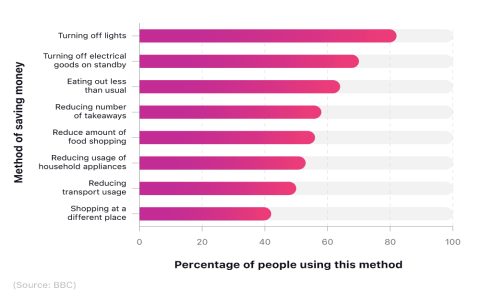Factors Influencing Costs
When comparing eating outside to dining at home, key financial variables include ingredient expenses, labor time, service charges, and incidental fees. Restaurant meals often involve markups for overhead, tips, and taxes, while home-cooked options rely on bulk purchasing and minimized extras.
- Ingredient costs: Home dining allows sourcing staples in bulk (e.g., rice or vegetables), reducing per-meal expenses.
- Labor and time: Home cooking requires personal time investment, but avoids paid service fees.
- Hidden expenses: Eating out incurs extras like delivery fees or parking, while home meals may have minimal waste.
Real Cost Comparison
Based on average U.S. data, a single person's meal reveals stark differences:
- Eating outside: $15–30 per meal (including entree, tax, tip) for casual dining. Weekly total: ~$100–200.
- Dining at home: $5–10 per meal using basic recipes (e.g., pasta with vegetables). Weekly total: ~$30–60 for groceries.
Savings from home cooking typically range 50-70% due to eliminated markups and efficient resource use. Time costs are lower per dollar saved when meal-prepping efficiently.

Conclusion: Which Saves More Money?
Dining at home consistently saves more money by leveraging control over ingredients and avoiding restaurant overhead. For optimal savings, plan meals weekly, utilize leftovers, and buy in-season produce. This approach makes home cooking financially superior for long-term budgeting.












